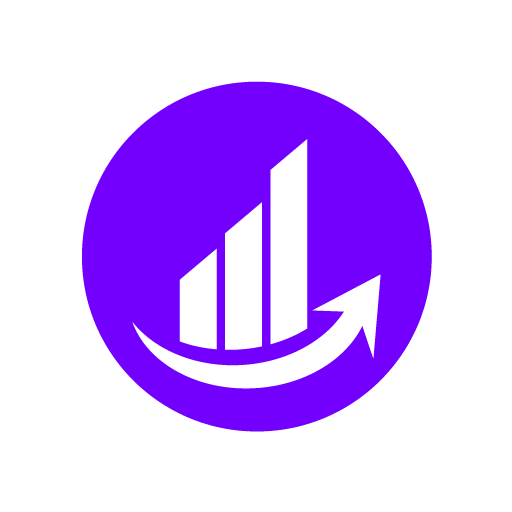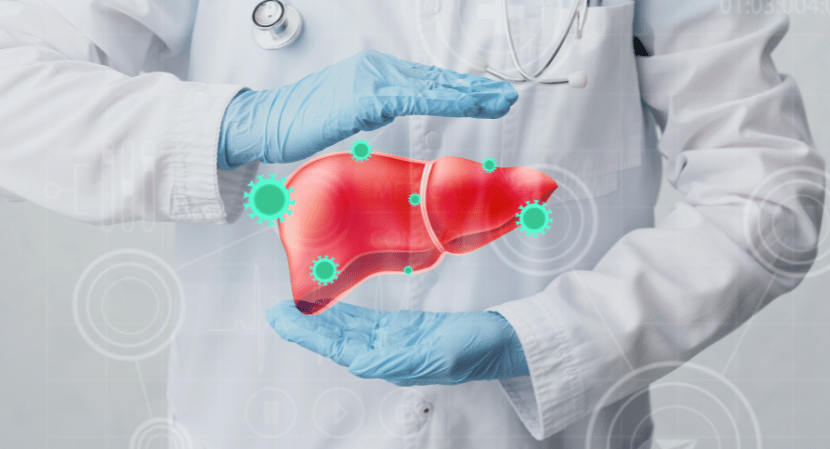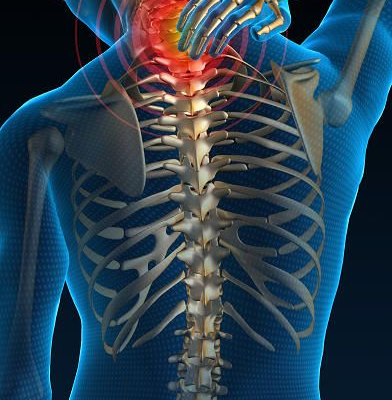In recent years, the global hepatic disease treatment market size has witnessed remarkable growth, driven by the increasing prevalence of liver diseases worldwide. With advancements in medical technology and rising healthcare expenditure, the market is expected to continue its upward trajectory in the forecast period of 2024-2032. Let’s delve deeper into the market outlook, overview, size, trends, industry segmentation, and competitive landscape to understand the dynamics shaping the future of hepatic disease treatment.
Hepatic Disease Treatment Market Overview
The global market for hepatic disease treatment reached a value of about USD 24.78 billion in 2023. The market is further expected to grow at a CAGR of about 6.2% in the forecast period of 2024-2032 to reach a value of around USD 42.50 billion by 2032, owing to the rising prevalence of liver diseases. Hepatic diseases, including liver cirrhosis, hepatitis, fatty liver disease, and liver cancer, pose significant healthcare challenges worldwide, driving the demand for effective treatment options.
Hepatic Disease Treatment Market Size and Share
The increasing incidence of liver diseases, fueled by factors such as alcohol consumption, obesity, viral infections, autoimmune diseases, and genetic predisposition, has contributed to the growth of the hepatic disease treatment market. Additionally, advancements in drug development, diagnostic technologies, and healthcare infrastructure have expanded access to treatment, driving market growth further. North America and Europe currently hold significant market shares, attributed to well-established healthcare systems, high healthcare expenditure, and robust research and development activities.
Get a Free Sample Report with Table of Contents@
https://www.expertmarketresearch.com/reports/hepatic-disease-treatment-market/requestsample
Hepatic diseases, including liver cirrhosis, hepatitis, fatty liver disease, and liver cancer, pose a significant healthcare burden worldwide. Factors such as alcohol consumption, obesity, viral infections (such as hepatitis B and C), autoimmune diseases, and genetic predisposition contribute to the increasing incidence of hepatic diseases. As a result, there is a growing demand for effective treatment options to manage and treat these conditions, driving the growth of the hepatic disease treatment market.
Hepatic Disease Treatment Market Trends
Several trends are shaping the global hepatic disease treatment market. One notable trend is the adoption of novel therapeutic approaches and advancements in drug delivery systems. Pharmaceutical companies are focusing on developing innovative drugs and therapies for hepatic diseases, such as direct-acting antiviral agents for hepatitis C and targeted therapies for liver cancer and non-alcoholic steatohepatitis (NASH). Additionally, there is a growing emphasis on early diagnosis and intervention, lifestyle modifications, and integrated treatment solutions to improve patient outcomes.
- Advancements in Therapeutic Approaches: One of the prominent trends in the hepatic disease treatment market is the continuous advancement in therapeutic approaches. Pharmaceutical companies are investing in research and development to develop innovative drugs and therapies targeting various hepatic diseases, including liver cirrhosis, hepatitis, fatty liver disease, and liver cancer. These advancements include the development of direct-acting antiviral agents for hepatitis C, targeted therapies for liver cancer, and novel treatments for non-alcoholic steatohepatitis (NASH). By leveraging cutting-edge technologies and insights into disease mechanisms, researchers are exploring new treatment modalities to improve patient outcomes.
- Personalized Medicine: Personalized medicine is gaining traction in the field of hepatic disease treatment, allowing healthcare providers to tailor treatment strategies based on individual patient characteristics, such as genetic makeup, disease severity, and treatment response. Advances in genomics, biomarker identification, and diagnostic technologies enable precise diagnosis, prognosis, and treatment selection for patients with hepatic diseases. Personalized medicine approaches hold the potential to optimize therapeutic outcomes, minimize adverse effects, and improve patient satisfaction.
- Focus on Early Diagnosis and Intervention: Early diagnosis and intervention are critical in the management of hepatic diseases to prevent disease progression, improve patient outcomes, and reduce healthcare costs. Healthcare providers are increasingly emphasizing screening programs, diagnostic imaging techniques, and non-invasive biomarker tests for the early detection of liver diseases. By identifying hepatic diseases at an early stage, healthcare professionals can initiate timely interventions, such as lifestyle modifications, pharmacological treatments, and disease monitoring, to mitigate disease progression and complications.
- Integration of Multidisciplinary Care: The management of hepatic diseases often requires a multidisciplinary approach involving hepatologists, gastroenterologists, oncologists, surgeons, radiologists, nutritionists, and other healthcare professionals. Integrated care models facilitate collaboration among various specialists to provide comprehensive and coordinated care for patients with hepatic diseases. By integrating medical, surgical, and supportive services, healthcare organizations can optimize patient outcomes, enhance quality of care, and streamline care delivery processes.
- Rising Adoption of Digital Health Solutions: Digital health solutions, including telemedicine, remote monitoring, mobile applications, and electronic health records, are increasingly being adopted in the management of hepatic diseases. These technologies enable remote consultations, real-time data monitoring, patient education, and treatment adherence support, enhancing access to care and patient engagement. Digital health solutions also facilitate data-driven decision-making, population health management, and healthcare system optimization, contributing to improved outcomes and efficiency in hepatic disease treatment.
Read Full Report with Table of Contents@ https://www.expertmarketresearch.com/reports/hepatic-disease-treatment-market
Industry Segmentation
The hepatic disease treatment market can be segmented based on disease type, treatment type, distribution channel, and region. Disease types include liver cirrhosis, hepatitis, fatty liver disease, liver cancer, and others. Treatment types encompass pharmacological interventions, surgical procedures, diagnostic tests, and supportive care services. Distribution channels include hospitals, clinics, retail pharmacies, and online pharmacies. Geographically, the market spans North America, Europe, Asia Pacific, Latin America, and the Middle East and Africa.
The market can be divided based on treatment type, disease type, end use, and region.
Market Breakup by Treatment Type
- Antiviral Drugs
- Immunoglobulins
- Immunosuppressants
- Vaccines
- Corticosteroids
- Chemotherapy
- Targeted Therapy
- Others
Market Breakup by Disease Type
- Hepatitis
- Autoimmune Diseases
- Non-alcoholic Fatty Liver Disease (NAFLD)
- Cancer
- Genetic Disorders
- Others
Market Breakup by End Use
- Hospitals
- Ambulatory Surgical Centres
- Others
Market Breakup by Region
- North America
- Europe
- Asia Pacific
- Latin America
- Middle East and Africa
Forecast Period 2024-2032
During the forecast period of 2024-2032, the global hepatic disease treatment market is expected to witness robust growth, driven by factors such as increasing healthcare expenditure, advancements in medical technology, and rising awareness about liver diseases. The market is projected to continue expanding, with North America and Europe maintaining their dominant positions. However, Asia Pacific is expected to emerge as a lucrative market due to improving healthcare infrastructure, rising disposable incomes, and a large patient population.
Competitive Landscape
The global hepatic disease treatment market is highly competitive, with key players focusing on research and development, strategic partnerships, mergers and acquisitions, and geographic expansion to strengthen their market presence. Major companies operating in the market include –
- AbbVie Inc.
- Abbott Laboratories
- Merck & Co., Inc.
- Hoffmann-La Roche Ltd
- Eli Lilly and Company
- Bristol-Myers Squibb Company
- Gilead Sciences, Inc.
- Others
These companies are investing in innovative therapies, expanding their product portfolios, and enhancing their distribution networks to gain a competitive edge in the market.
Media Contact
Company Name: Claight Corporation
Contact Person: Christopher, Business Consultant
Email: sales@expertmarketresearch.com
Toll Free Number: US +1-415-325-5166 | UK +44-702-402-5790
Address: 30 North Gould Street, Sheridan, WY 82801, USA
Website: expertmarketresearch.com








